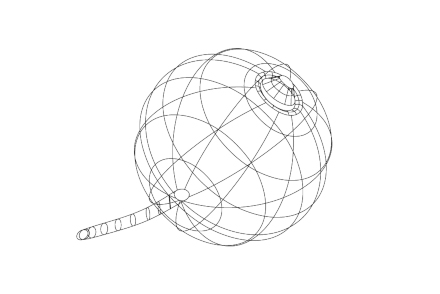3D printing, or additive manufacturing, creates three-dimensional objects from digital models by adding material, typically layer by layer. By contrast, subtractive manufacturing processes (e.g., old-school machining and newer computer numerical control routers) cannot produce the complex architectures possible with 3D printing, such as interwoven internal channels that make high-performance parts both ultra-light and ultra-strong. 3D printing is a useful metaphor when describing complex, pressure-tested access decisions that are guided by models and built on layers of evidence with evolving technology.
Complex access decisions
Market-access decisions can be complex. Payer and institution policies may give products an advantage or disadvantage on the basis of evidence of clinical and/or economic differences between them. Policies can use levers like approval criteria to operationalize advantages or disadvantages, and these rules need to be specified. 3D printing made the manufacturing of so-called “impossible designs” possible, and the intricate nature of access decision makes space for innovative products and technologies in the face of inflation and belt tightening — with increasing frequency, a seemingly impossible feat.
Pressure-tested access decisions
3D printing is especially useful when prototyping and testing the design of objects. Access decisions can be viewed as a series of tests. Payers and institutions routinely revisit their access decisions and make changes when clinical and/or economic outcomes of their policies fall short of expectations. Some interim access decisions are purposely short-lived while experience is gained with new products.
Guided by models
Payers and institutions use models when making evidence-based access decisions. Some models describe the relative importance of efficacy, safety, cost, and other attributes when comparing products — a way to weight multiple dimensions and ascertain whether a product should be given an advantage, disadvantage, or be excluded altogether. Other models help to evaluate the strength of the evidence when comparing results from different studies — a way to weight aspects including the study design, protocols, comparators, endpoints, and the size and length of the study. 3D printers need 3D models to guide where material is added from the bottom up, and similarly, rational access decisions need to follow decision-making models reflecting organizational values and priorities.
Built on layers of evidence
Just as 3D printers build objects layer by layer, layers of evidence provide an increasingly solid foundation to make access decisions. Payers’ and institutions’ access decisions are built on the evidence that’s available, and these layers of evidence accumulate over time. Access-decision makers often want to see more or stronger evidence, but sometimes it is simply not available. Initial access decisions are often based solely on the evidence manufacturers are required to generate through clinical trials for FDA approval. Post launch, manufacturers may voluntarily or involuntarily conduct postmarketing trials to generate additional evidence about a product’s risks, benefits, and best uses.
Then there’s the real-world evidence that decision makers build themselves. Over time, payers and institutions gain enough experience with products to convert it into real-world evidence (RWE). Payers and institutions view RWE that is based on their own experience as the most trusted and relevant type of evidence. RWE that is based on others’ experience may also be valued, especially if the experience seems comparable (e.g., similar setting, similar providers, similar patients). Because RWE emerges after the evidence based on clinical trials, it is typically used for access decisions post launch.
When objects with large overhangs are 3D printed, the objects may require temporary supports until printing is complete. Once these objects are built, these supports are removed. Similarly, access decisions may initially rest on evidence available at the time but be revisited when newer, better evidence takes shape and replaces older, inferior evidence.
Using evolving methods
3D printer technology is rapidly becoming more sophisticated, using more materials (e.g., metals, ceramics, thermoplastic composites, and human tissues), combining different types of materials, increasing the resolution, and producing increasingly smaller and larger objects ranging from microchips to buildings. Payers’ and institutions’ methods for generating evidence for access decisions have also become more and more sophisticated, including the use of artificial intelligence to analyze their big data.
Truth will prevail
Access-decision makers routinely review and act upon continuous streams of evidence. As opposed to those who would conceal and misrepresent facts, access-decision makers have no choice but to seek the truth, and to do it with the precision of a cutting-edge 3D printer.
“Truth will ultimately prevail where pains is taken to bring it to light.” — George Washington



No Comments